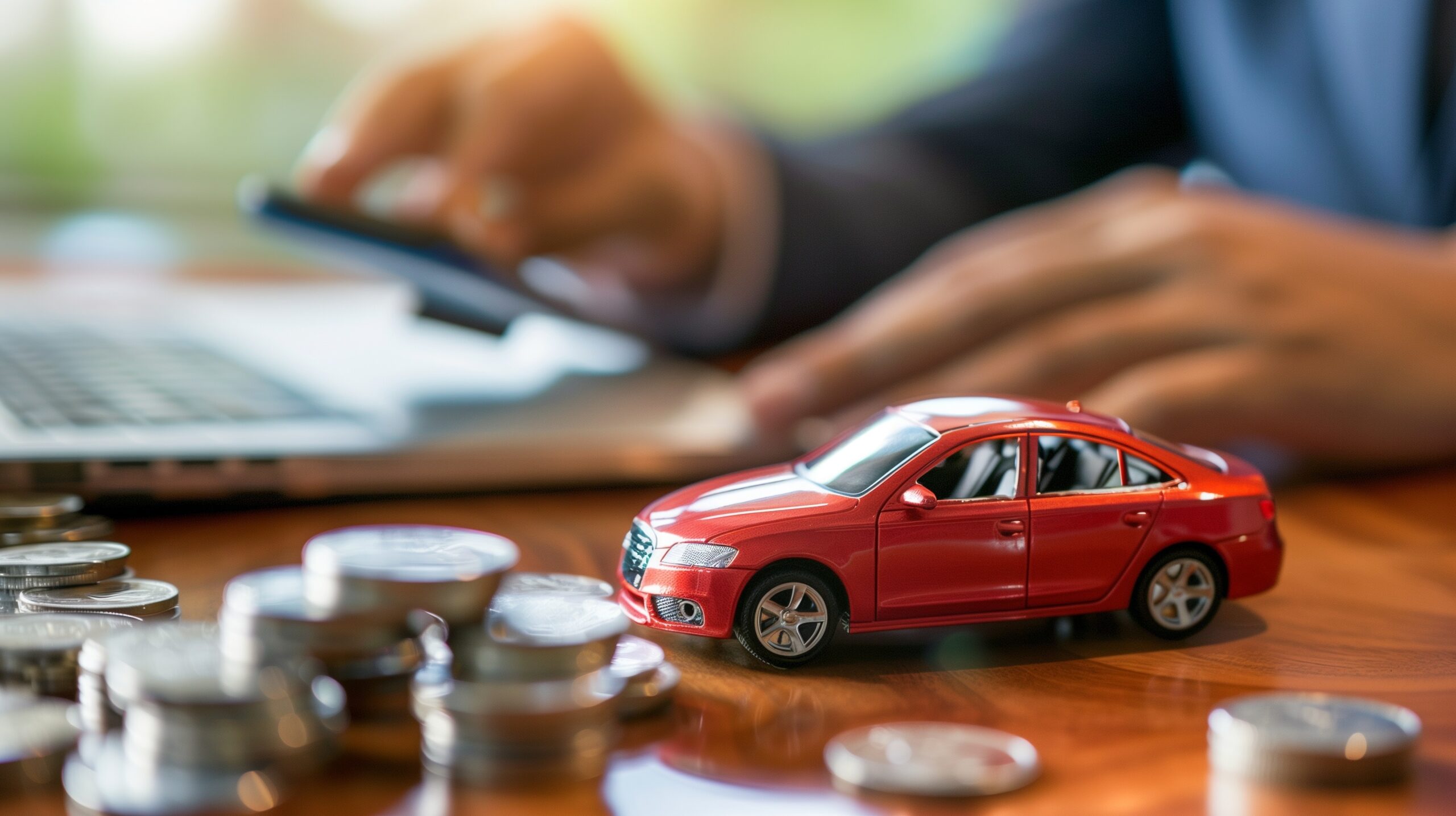
How to Handle Wear and Tear on a Leased Car: Tips and Strategies
Leasing a car offers a great way to drive a new vehicle while keeping monthly payments manageable. However, as with any vehicle, normal wear and tear is inevitable over the course of the lease term. Understanding how to manage and minimise these issues is crucial to avoid unexpected charges when your lease ends. This guide provides tips for handling wear and tear on a leased car, helping you keep your vehicle in top condition and reduce potential charges.
What is Considered Wear and Tear?
Wear and tear refers to the natural deterioration of a vehicle that occurs with regular use. This includes:
– Minor Scratches and Dings: Small surface scratches and dings from everyday use.
– Interior Wear: Normal wear on upholstery, carpets, and dashboard from regular use.
– Tyre Wear: General wear on tyres from driving.
– Brake Wear: Normal wear on brake pads and discs.
Leasing companies typically define what constitutes acceptable wear and tear in your lease agreement. Understanding these terms can help you avoid charges for excess damage.
Tips for Managing Wear and Tear
- Regular Maintenance
Keeping up with regular maintenance is key to preventing excessive wear and tear. Follow the manufacturer’s recommended service schedule for:
– Oil Changes: Regular oil changes help maintain engine health.
– Tyre Rotation: Rotating tyres ensures even wear.
– Brake Inspections: Regular checks can prevent excessive brake wear.
– Fluid Checks: Ensure all fluids (transmission, brake, coolant) are topped up and in good condition.
Regular maintenance not only helps keep your car running smoothly but can also prevent minor issues from becoming major problems.
- Prompt Repairs
Address any issues as soon as they arise. Small problems, such as a minor scratch or a small tear in the upholstery, can often be repaired easily and at a lower cost than waiting until they become larger problems. Regularly inspect your vehicle for any signs of damage and address them promptly.
- Protect the Exterior
Protecting your vehicle’s exterior can help minimise wear and tear:
– Waxing: Regularly waxing your car can protect the paint and make it easier to clean off minor scratches.
– Car Covers: Use a car cover if your vehicle is parked outside to protect it from weather damage and environmental contaminants.
– Avoiding Hazards: Be mindful of parking near other vehicles or in areas where your car might be exposed to potential damage.
- Maintain the Interior
To keep the interior of your car in good condition:
– Cleaning: Regularly clean the seats, dashboard, and carpets to prevent dirt and stains from setting in. Use appropriate cleaning products for different surfaces.
– Protective Covers: Use seat covers and floor mats to protect against stains and wear.
– Avoid Eating and Drinking: Try to avoid eating or drinking in your car to prevent spills and stains.
- Drive Carefully
Adopting careful driving habits can reduce wear and tear on your vehicle:
– Smooth Driving: Avoid harsh braking, rapid acceleration, and aggressive driving.
– Avoid Potholes: Be cautious of potholes and rough roads to prevent damage to your tyres and suspension.
– Parking: Park in well-lit, safe areas to reduce the risk of damage from other vehicles or vandalism.
- Document the Vehicle’s Condition
Before returning your leased vehicle, document its condition:
– Photos: Take detailed photos of the car from different angles to have a record of its condition.
– Inspection: Conduct a thorough inspection to identify any issues that might need addressing before returning the car.
- Understand Your Lease Agreement
Review your lease agreement to understand what is considered normal wear and tear and what might incur additional charges. Some lease agreements include clauses for wear and tear, outlining acceptable conditions and potential charges for excessive damage.
Wear and Tear Protection Plans
To further safeguard against unexpected charges, consider a wear and tear protection plan. These plans can help cover the costs of minor repairs and damage that may occur during the lease term. They typically offer coverage for:
– Minor Dings and Scratches: Repairs to small dents, scratches, and other surface damage.
– Interior Damage: Coverage for upholstery repairs and other interior issues.
– Tyre and Wheel Damage: Protection against tyre and wheel damage from road hazards.
Learn About Our Wear and Tear Protection Plans
Managing wear and tear on a leased car is essential to avoid unexpected charges and ensure you return the vehicle in good condition. By following these tips and understanding your lease agreement, you can minimise potential issues and maintain your vehicle’s value.
Ready to protect your leased car from wear and tear? Learn about our wear and tear protection plans and discover how you can safeguard your vehicle against minor damage. With the right protection, you can enjoy peace of mind and focus on driving your leased car with confidence.
Visit our website to explore our wear and tear protection options or contact our leasing specialists for personalised advice. Protect your lease and drive with assurance today!









